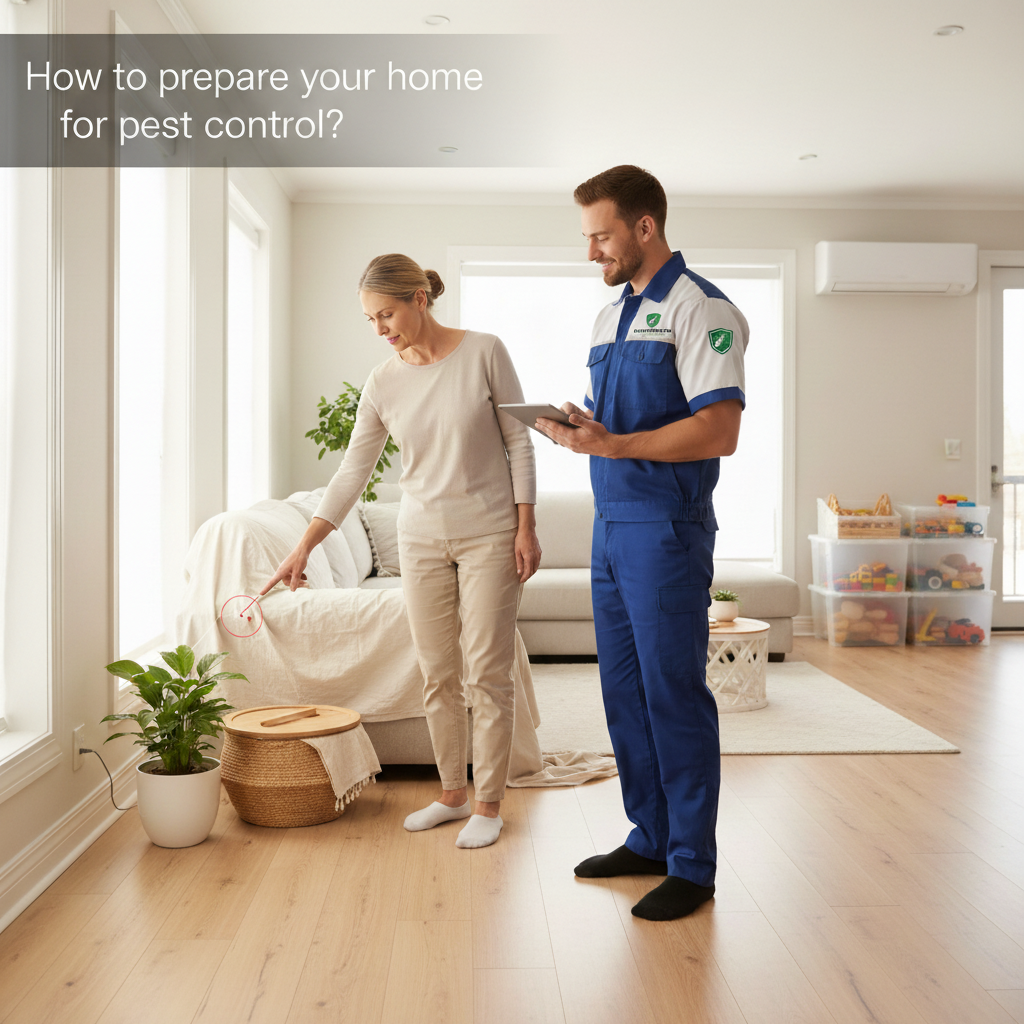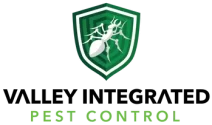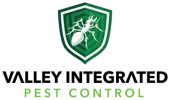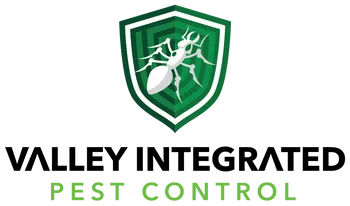Preparing your home for a pest control service involves more than just basic cleaning; it requires strategically gathering information about pest activity and clearing key access points to create a “primed battlefield,” ensuring the treatment is as effective as possible and transforming you from a passive homeowner into an active partner with your technician.

The two mindsets of pest control prep: Which one are you?
When an exterminator is scheduled to visit, most people have the same question: How do I prepare my house for pest control? The answer often comes in the form of a pre-extermination cleaning list. While following these instructions is good, adopting a more strategic mindset can dramatically improve your results. It’s the difference between being a passive homeowner and a strategic partner.
The Passive Homeowner: Completing the Chore List
The passive homeowner diligently follows the basic instructions before pesticide spraying. They do an admirable job with the “what,” focusing on tasks like wiping down countertops and surfaces, doing a general clean, and moving some items away from the walls. They see preparation as a necessary chore to be completed before the professional arrives. This approach is helpful and certainly better than doing nothing, but it misses a crucial opportunity to enhance the service’s effectiveness.
The Strategic Partner: Priming the Battlefield
The strategic partner understands the core thesis: effective home preparation is about collaborating with your technician. They go beyond the checklist to gather intelligence and create an environment where the treatment can work with maximum impact. This homeowner knows that their unique insights into the pest problem on their premises are invaluable. They don’t just clean; they prepare with purpose, making the technician’s work more efficient and the treatment more targeted.
Your strategic guide to home readiness for pest management
Shifting from a passive to a strategic mindset is simple. It involves four key steps that turn your home preparation into a powerful tool for long-term pest prevention.
Step 1: Think like a scout and map the problem
Before you even begin cleaning, your first and most critical task is to gather intelligence. You live in the home; you see things the technician won’t in a single visit. Go beyond just “seeing a bug.” Start mapping pest hotspots, noting the times of day you see the most activity, and identifying potential entry points like cracks in the foundation or gaps around pipes. Answering the question “what to do before exterminator comes for roaches” starts with knowing where you see the roaches most often.
Your observations are the most valuable content you can provide. Are ants trailing from a window sill? Do you hear scratching in a specific wall at night? Where have you found droppings? This information helps a technician move from a general pest spray to a highly targeted application. In fact, pictures of droppings, gnaw marks, and the pests themselves can help an exterminator make a correct identification and locate the source more easily. This is a core part of Integrated Pest Management home prep; it uses data to guide the solution.
Step 2: Clear the ‘kill zone’ for total access
One of the most common instructions on any exterminator prep sheet for an apartment or house is moving furniture for the exterminator. Many people assume this is for tidiness, but its purpose is tactical. Pests like ants, roaches, and spiders often use the edges of rooms, along baseboards, as invisible “highways” to travel throughout your home. Providing clear access to baseboards is paramount.
Clearing the ‘kill zone’ means moving couches, beds, and dressers 2-3 feet away from all walls. This isn’t just about the living room; it includes pest control preparation for bedrooms and closets. This simple action allows the technician to apply a complete and unbroken barrier of treatment to these crucial travel paths. Uncluttering for effective pest treatment also means clearing items from under sinks and the floors of closets, as these are common pest harborage areas. A proper how to prep a garage for an exterminator plan involves the same principle: get boxes and storage off the floor and away from the walls.
Step 3: Eliminate the competition to boost treatment power
Should I clean the house before pest control? Absolutely, and with a specific goal in mind. Modern baits, especially for ants and roaches, are highly effective but rely on pests choosing to eat them. If your kitchen has competing food sources like crumbs on the floor, a sticky spot of juice on the counter, or an open box of cereal, the bait becomes less attractive. A deep clean before the exterminator arrives is not just for sanitation; it’s a strategic move to remove the competition.
This is why how to prepare kitchen for pest control is so critical. The steps are straightforward but vital:
- Perform a thorough cleaning of floors before pest control. Vacuuming is especially important. Not only does it remove food debris, but vacuuming before a service visit lifts and fluffs carpet, which allows treatments such as insecticides to penetrate deeper into the fibers.
- Wipe down all surfaces, including the inside of cabinets if the infestation is severe. Address the question of “do I need to empty cabinets for pest control” by asking your provider; for many gel or bait treatments, it’s not necessary, but for heavy infestations, it might be.
- Practice proper storing food during pest control. Seal all open food items in airtight containers or place them in the refrigerator. This includes pet food; securing pet food and water bowls is a must.
- Remove all trash and debris before service, and make sure interior and exterior bins are sealed.
Step 4: The pre-service huddle to customize your solution
The final step is perhaps the most important: the five-minute pre-service huddle with your technician when they arrive. This is where you hand over the intelligence you’ve gathered. Don’t assume they can see everything. Show them your photos. Walk them through the pest hotspots you’ve mapped out. Explain what you’ve seen and where.
This conversation transforms a generic service into a customized one. It helps the technician choose the right products and focus their application where it will do the most good. This partnership ensures you’re not just getting a spray; you’re getting a solution tailored to your home’s specific pest pressures.
Key factors: Why your preparation strategy matters
Your approach directly impacts the four factors that determine the success of a pest control service. Let’s compare how the two mindsets affect these outcomes.
Maximizing the effectiveness of the treatment
The Passive Homeowner:
The treatment will be generally effective. However, hidden pest havens may be missed, and competing food sources could reduce the efficacy of baits, potentially requiring follow-up visits.
The Strategic Partner:
Effectiveness is significantly increased. By guiding the technician to hotspots and removing competing food sources, the treatment is more targeted and powerful, leading to faster and more complete pest elimination.
Ensuring long-term pest prevention
The Passive Homeowner:
The service addresses the immediate problem. But without identifying entry points or understanding the full scope of the infestation, pests may return once the initial treatment wears off.
The Strategic Partner:
Long-term prevention is built into the service. By helping the technician identify how pests are getting in, you enable them to apply targeted treatments and recommend crucial exclusion work, like sealing cracks and crevices before treatment, for a more permanent solution.
Protecting family, pets, and valuables from chemicals
The Passive Homeowner:
Safety is maintained by following basic guidelines like covering items and vacating the premises. It’s a reactive approach to protection.
The Strategic Partner:
Safety is enhanced through proactive preparation. By enabling a more targeted treatment, less product may be needed overall. Properly storing children’s toys before extermination, covering furniture for pest spray, and knowing how to protect plants during pest control ensures a controlled and safe application.
Making the technician’s work more efficient
The Passive Homeowner:
The technician spends valuable time moving items, searching for activity, and performing a more generalized treatment across the entire house.
The Strategic Partner:
The technician can begin work immediately, focusing their time and expertise on solving the core problem. A prepared home allows them to work faster and more effectively, respecting your time and investment.
Making the right choice for your needs
The best approach to preparing for a pest control treatment depends on your situation. There isn’t one universal answer, but understanding your own priorities can guide you to the right level of preparation.
- The Busy Parent: Your primary concerns are pest control safety for pets and children and minimizing disruption. For you, the value of being a strategic partner is immense. A 15-minute “scout” session while the kids are asleep can provide the intel needed for a highly targeted treatment. This means a faster service, potentially less product applied in living areas, and a much lower chance of needing a frustrating callback service that disrupts your schedule again. Focusing on how to prepare a baby’s room for pest control by removing and covering all items is a non-negotiable step that gives you peace of mind.
- The Detail-Oriented Homeowner: You want to understand the root cause and ensure the problem is gone for good. You are the ideal strategic partner. Your willingness to document activity, take photos, and even research potential entry points is exactly the kind of collaboration that leads to a permanent fix for issues with pests like termites or carpenter ants. Your detailed map allows the technician to go beyond treatment and advise on long-term prevention strategies.
- The First-Time Service User: You might feel overwhelmed by a long pest control preparation checklist and unsure of what’s truly important. Focus on the partnership aspect. You don’t need to be an expert. Simply clearing access to the baseboards and having a 5-minute conversation with the technician to point out where you’ve seen pests will elevate your service from “good” to “great.” Understand that your observations are the most valuable tool you have to ensure a successful treatment. Knowing basic post pest control treatment cleaning, like how to air out house after pest control and when it’s safe to return, will also reduce your anxiety.
Ultimately, preparing your home is about creating the perfect conditions for success. By shifting your mindset from completing a list of chores to becoming a strategic partner, you empower your pest control technician to deliver a faster, safer, and more effective solution that protects your home for the long term.
For homeowners in the Fresno CA area looking for a true partner in pest management who values collaboration and expertise, contact Valley Integrated Pest Control. Our team is ready to work with you to develop a customized and effective solution for your home. Call us today for a comprehensive assessment.






